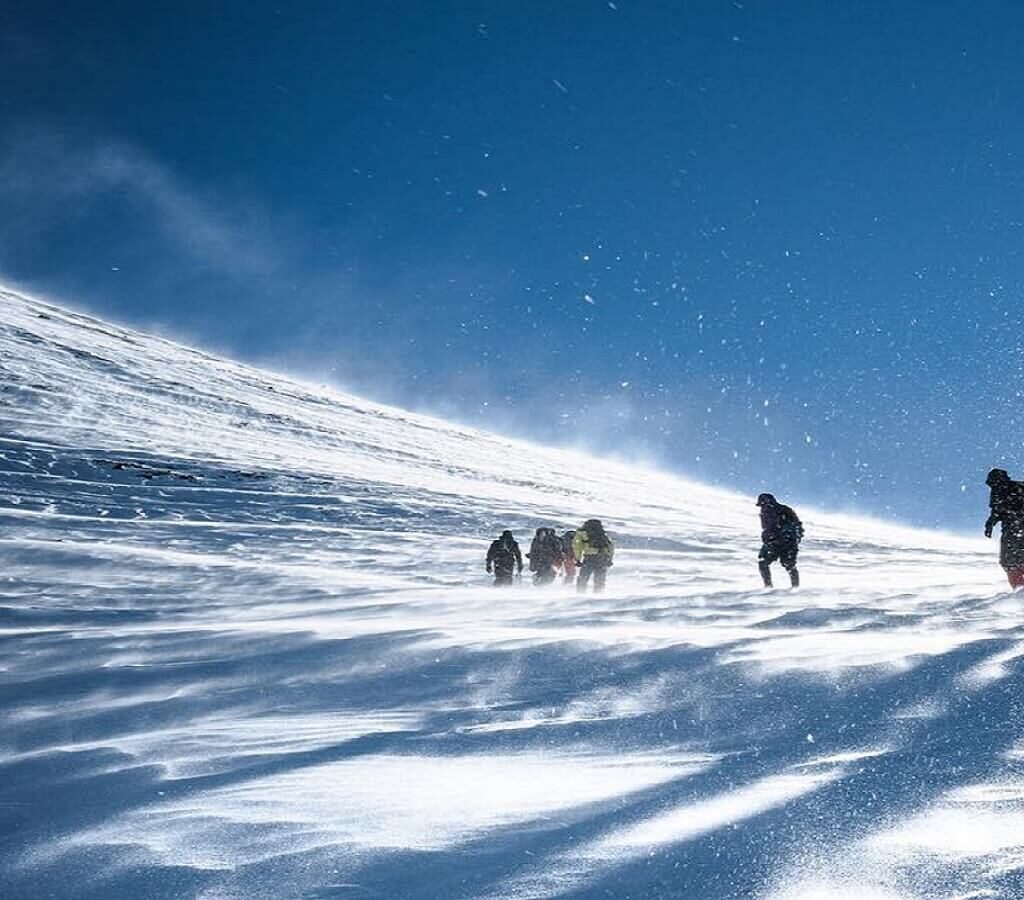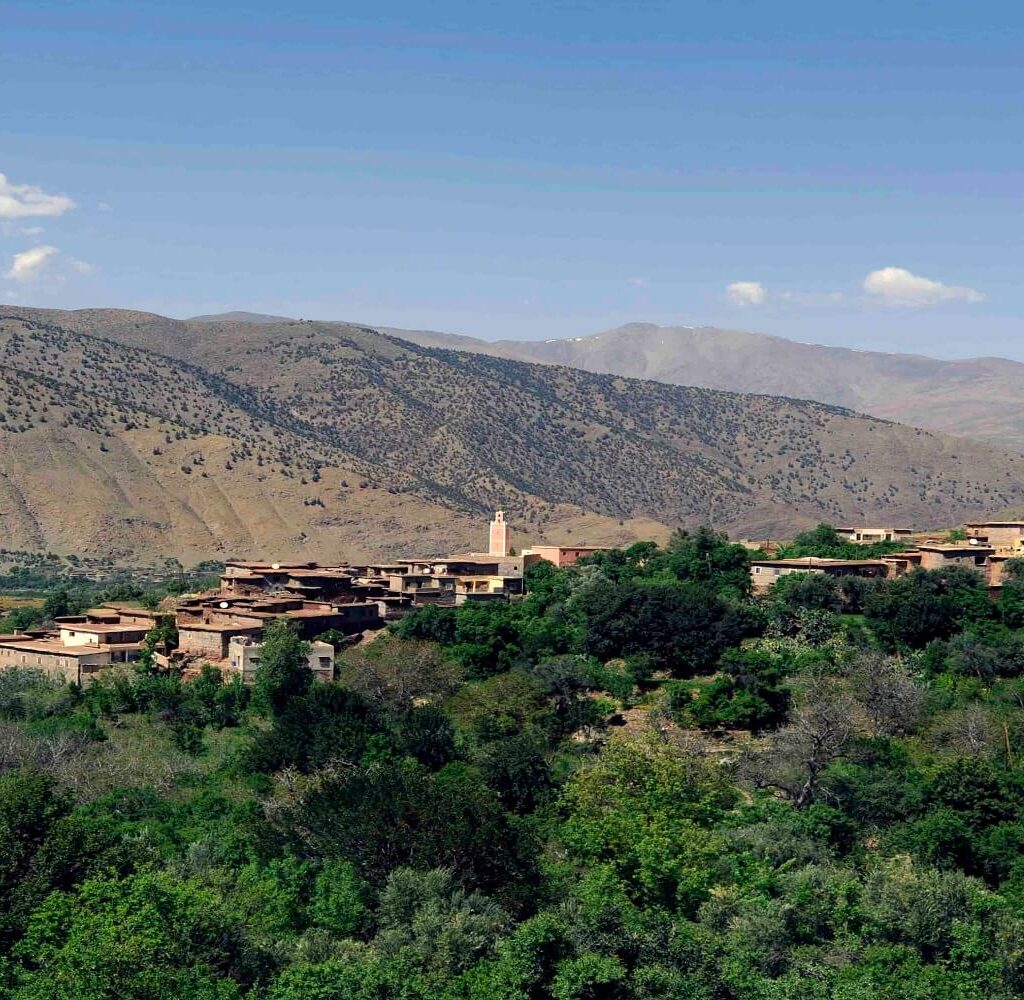Facts About Morocco and Atlas Mountains
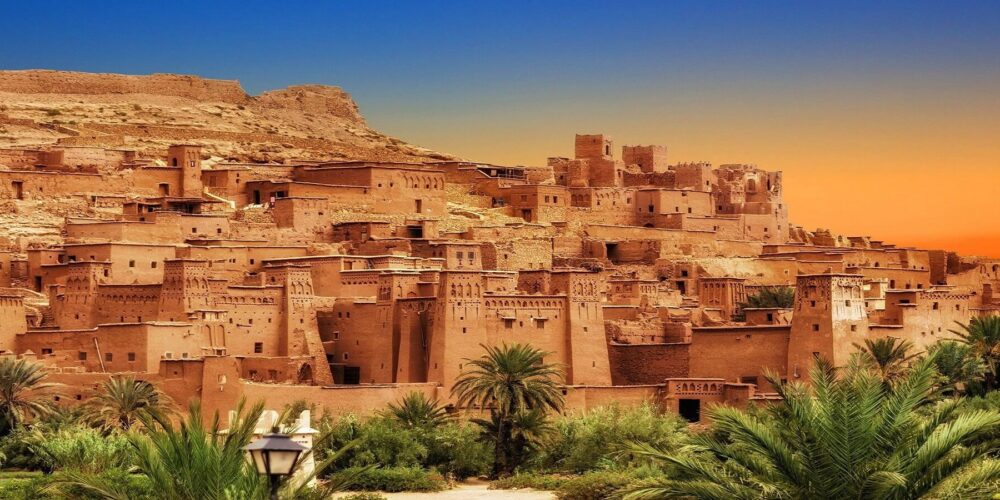
Morocco - le pays lointain le plus proche
Facts About Morocco and Atlas Mountains
Morocco is a fascinating world of extrenes. there are few placese on the earth where you can journey with such ease from the comfortof ecotic cities, only ever imagined in an arabian Nights fantasy, into a remote wilderness with extraordinary contrasts of stark mountain, greenvalleys and harshdesert, of colourful, hospitable people and isolated, picturesque settlments.
The Moroccan atlas, is a mountain range of exceptional beauty, and cultural intrestbut it is still relatinely little visited, a fact which make the atlas mountains, to my mindn a far moreexciting proposition than the european rangesrs, add to that the wonderful hospitality of the local people the rich texture of north african life, and the dazzling allure of marrakech and other moroccan centres. and you bigin to see why a growing number of trekkers are choosing to explore. this great range which the ancient greeks thought to be the home of atlas.
Why Morocco ?
On one hand, it can be quickl and easily reached by most Western travellers: on the other, Morocco calls us to step into a fantastic, often surreal world that, in somany aspects ago , HEREIN surpasses all other destinations because it is quite simple ( the nearest the far away country )
Historical Outline
Much Of morocco history is characterised by complex tribal power struggles religious developments and self-intrested European interference. Feudal in Outlook until least the advent of colonial rule, independent in the modernera only since 1956, Morocco is presently undergoing a period, of rapid transformation.
From the eighth century until the colonial period, Morocco was governed by a series of sultanates which never succededin holding sway over the whole country. it was was divided between the bled alk-makhzen, or governed lands, and the untamed, uncontrollable, chiefly berber-populated regions of the desert and of the rif and atlas mountains, the bled al siba. Even today, the atlas mountains, which are technically and legally part of the kingdom of morocco under goverment control, from a distinct region with a questionable regard for the authorities in rabat.
The governemet, perhaps tacitly recognising the de facto independence of the region, appears wary of imposing itself too firmly upon the atlas

Earliest Inhabitants Of Morocco
The first inhabitant of North Africa were Probably Nomadic Hunter-Gatherer . Theyare believed to have arrived in the Sahara, then a very fertile savannahteeming with wildlife, incuding mammals as large as elephants and zebras, Around 1000000BC, The Earliest Known dwellings appeared during the poeolithic Period, arround 15000BC, supported by the first simple pastoral and agricultural farms, Not until the Neolithic Period, some time after about 10000BC, is there evidence of further incursions into the area when finally two successive waves of migration saw new arrivals, one of which is believed to have come from egypt. It was during this period that earliest cave and rock drawings appeared in the High atlas and pre-Sahara.
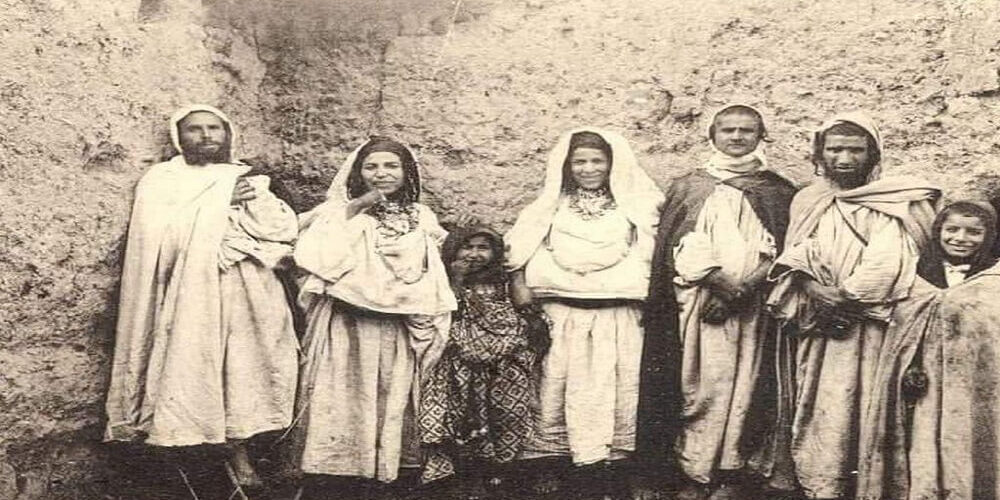
Atlas Mountains Geography
the atlas mountains from the spine of morocco stretching some 1500 miles (2400km) from the close to the atlantic port of agadir in the south-west of the country almost as far as the tunisia capital of tunis inthe north-est. within Morocco the atlas mountains consist of three broadly parallel ranges: The middle atlas, the high atlas and the anti atlas. togetherthey throw upan enormous physical and cultural barrier, rising between the sahara and sub-saharan africa to the southand the more northerly atlantic and mediterranean basins.
Their highest point, indeed the highest point in north africa. is Jbel Toubkal (4167m), closely followed bythe mgoun massif (4068m), both of which nestle within the High atlas Mountains.
The Anti-atlas mountains are dominated by the lesser but still extremenly impressive peak of jbel sirwa (3305m) on its northeren flanks, and the Jbel saghro range in the east.
the treks chosen for this Website focus upon these Areas.
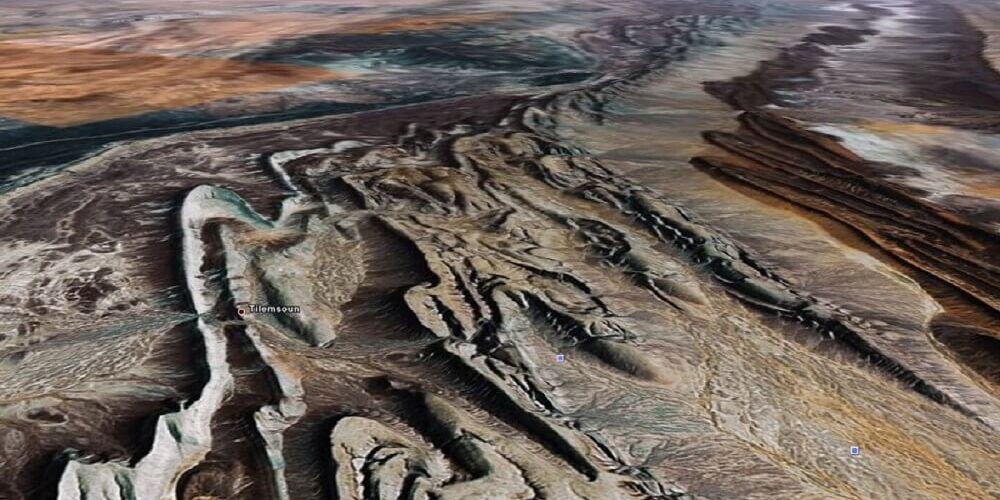
Atlas Mountains Geology
The Basement rock of the most of africa was formed in the Pre-cambrian ear ( between 4.5 billion and 550 million years ago), by far predating the atlas mountains which were formed subsequently during three separate periods in the earth’s history.
The Oldest chain in the atlas, the more southerly Anti-atlas mountains, owe their formation to the collision of the continents of africa and america some 300 million years ago during the Palaeozoic Era. The resulting chain of mountains that was thrown up is believed to have once rivalled the scale of the Himalayas Today.
Next, During the mesozoic Era (more than 65 million years ago), when africa and america separated agai, a series of thick sedimentary basins were formed. amongst there basins were the very rocks whichwould come to form the more northerly middle and high atlas mountains. atthis time they were deposited under the atlantic Ocean.
However, they were finally lifted to form the middlz and high atlas mountains when africa collided with europe during the teriary Era ( 65 millions to 1.8 million years ago) which also led to the formation of the pyrenees and the alps.
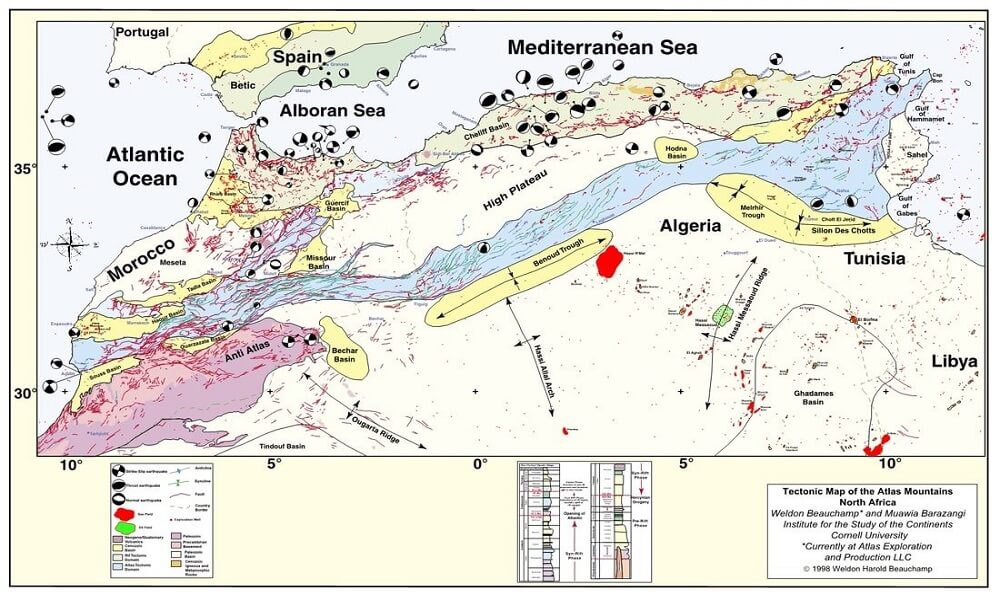
The great lovers of trekking will find a considerable variety of routes for this kind of physical exercise in Morocco.
In addition to the pleasure of the physical activity, having a walking ClimbingToubkal allow you to fully enjoy its extraordinary nature, to observe the morocco fauna and the flora closely, and to pass through the rural zones unknown to the tourism, while discovering villages and meeting people.
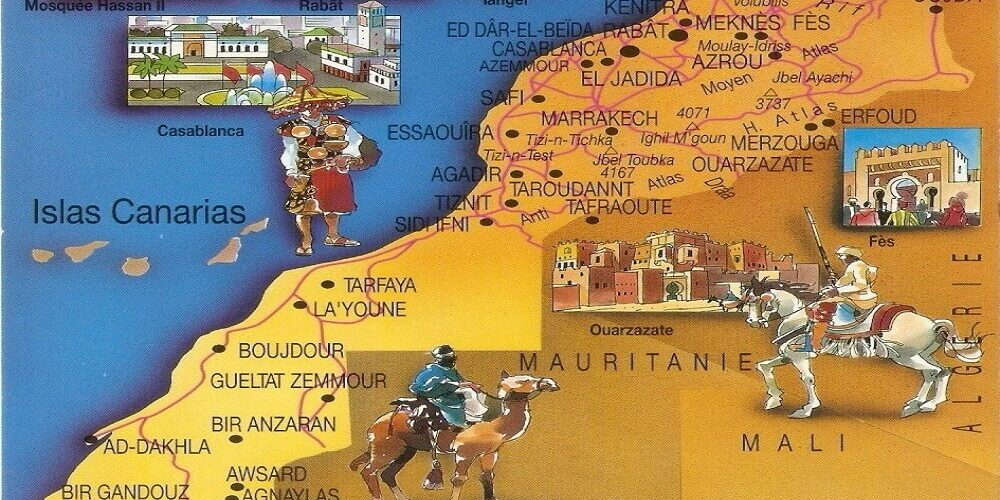
Trekking Tours In Atlas Mountains
The offers about trekking in Morocco are many. They exist in every region of this country and vary from some hours’ walk to the very « trekking » which may last for days, and during which people sleep in tents and camping areas. Among the more spectacular excursions, we can cite the « toubkal’ Route » : which links the toubkal national park to the sahara desert. The way gets through the imlil where there is an alternating scenery of some coast, indented from the unexplored forest and numerous routes coming through the toubkal park.
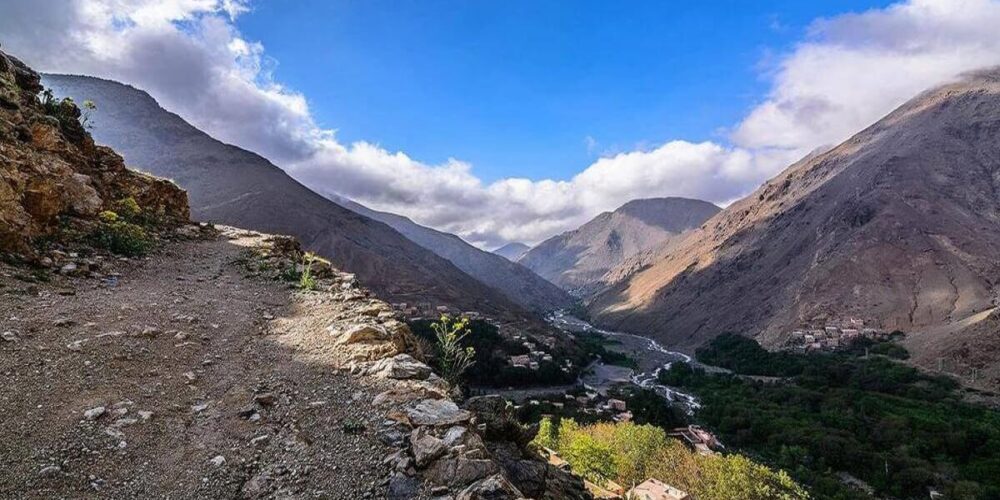
The Toubkal Massif, enclosing the High Atlas’s highest peaks, is the target destination of nearly everyone who goes trekking in Morocco. You can reach trailhead villages in just two hours from Marrakesh, and the main walking routes are easily followed. Walking just a short distance from the most common starting point ( Imlil ). you are transported to a very different world and this is most popular tour you can do on the Area:
The offers about trekking in Morocco are many. They exist in every region of this country and vary from some hours’ walk to the very « trekking » which may last for days, and during which people sleep in tents and camping areas. Among the more spectacular excursions, we can cite the « toubkal’ Route » : which links the toubkal national park to the sahara desert. The way gets through the imlil where there is an alternating scenery of some coast, indented from the unexplored forest and numerous routes coming through the toubkal park.
One of the easiest parts of the High Atlas region to visit from Marrakesh, (within easy reach for weekender tourists and day visitors), imlil & Ourika Valley is one of Morocco’s most popular regions for outdoor activities. Surrounded by lush green fields, this valley is home to stunning waterfalls and some excellent hiking trails. The village of achayn is a good base for further forays as well as being the start of the Djebel Toubkal trek, which usually takes three days.
